
Earthquakes in Japan and Ecuador have made news in recent days, and with it, the importance of governments being able to respond effectively to natural disasters. We can’t stop these disasters; we can only absorb the damage they do and learn from mistakes. Some countries do a better job of that than others:
1. Japan (March 2011)
In March 2011, Japan was struck by the largest earthquake in its history; it was the world’s seventh-largest recorded seismic activity at the time. The earthquake triggered a massive tsunami that in turn struck the Fukushima power plant, turning one disaster into three. More than 18,000 people lost their lives in the quake and tsunami, and 500,000 were forced to evacuate their homes. Some 300,000 buildings were destroyed and another 1 million damaged.
The world was fortunate that the largest nuclear disaster since Chernobyl hit such a prosperous, open and well-organized country. It also helps that Japan’s communitarian culture encourages volunteers to help, citizens to donate aid and take in those who need shelter, and responders to risk their lives to help others. And government quickly responded. In the aftermath of Fukushima, Tokyo spent more than $15 billion to contain and minimize atmospheric radiation levels. Within days, Japan had shut down its other 48 working nuclear reactors for security checks. All told, Japanese authorities estimate that reconstruction and recovery from Japan’s “3/11” will cost more than $260 billion dollars. It’s a good thing that, unlike the Soviet Union in 1986, this is a country where citizens have access to reliable information on what’s happening. It’s also a positive that Japan’s economy is the world’s third-largest at $4.6 trillion, giving it the cushion it needs to respond to one of the worst natural disasters of modern times.
(Huffington Post, The Guardian (a), The Guardian (b), BBC, World Bank)
Read More: These 5 Facts Explain the Scary New Era of ‘Forced Transparency’
2. Haiti (January 2010)
Haiti is at the other end of the spectrum. The tiny Caribbean nation was hit by a 7.0 earthquake in January 2010. Though Japan’s 2011 quake was far stronger, the poorer country suffered 10 times the number of casualties. At least 220,000 people were killed, another 300,000 people were injured, and 1.5 million were forced from their homes in a country of just 10 million people. Haiti had more than its share of troubles before the quake hit—the country had a total GDP of $6.6 billion in 2009 and per capita GDP of just $668. Recovery costs were quickly estimated at $8 billion.
Outsiders stepped up with $3.5 billion in humanitarian aid, but the country’s seemingly endless political turmoil persuaded most donors to avoid giving directly to what they perceived as a corrupt and/or incompetent government. Instead, they chose to control and allocate the funds themselves. That meant that a good portion of aid went to transporting people to Haiti and setting up their own infrastructure, leaving less money for direct relief efforts. Things got worse when a cholera outbreak, allegedly triggered accidentally by a United Nations peacekeeping force, triggered an epidemic. A disease that Haiti hadn’t faced in more than a century afflicted more than 770,000 Haitians and claimed 9,000 lives. Years later, Haiti is still struggling to recover.
(CNN, World Bank (a), World Bank (b), World Bank (c), Wall Street Journal, NPR)
Read More: These 5 Facts Explain Trump’s ‘America First’ Foreign Policy
3. Indonesia (December 2004)
Haiti shows how political instability can exacerbate the impact of natural disasters; Indonesia shows how natural disasters can help stabilize a nation. In December 2004, a massive earthquake erupted 150 miles off the coast of the Indonesian island of Aceh. At 9.1 on the Richter scale, it was 23,000 times more powerful than the atomic bomb dropped on Nagasaki. Waves as high as 100 feet crashed ashore. Roughly a quarter million people were killed across 14 countries; 170,000 were killed in and around Aceh, a province in Indonesia.
But the devastation in the region helped spur reconciliation between the Indonesian government and rebel groups in Aceh—ending a conflict that had run for nearly three decades and claimed 15,000 lives—by forcing the war zone open to relief workers. Peace talks, broken off just before the quake, were quickly resumed when help was desperately needed. Aceh, once an isolated region with little prospect of development, is now an economic success story, the result of nearly $7 billion dollars funneled to the territory by the Indonesian government and foreign donors for reconstruction projects. Only peace could have enabled this development, and the earthquake gave both sides good reason to end their fight.
(National Geographic, World Bank)
4. Nepal (April 2015)
Not all natural disasters generate “earthquake diplomacy.” The tiny Himalayan nation of Nepal was hit by a devastating 7.8 earthquake in April 25, 2015, followed by 120 aftershocks, including one that registered 7.3. More than 8,000 Nepalese were killed and nearly 20,000 injured. The country’s rocky terrain made relief efforts difficult. Many parts of the country were left inaccessible by landslides.
Political paralysis has made matters worse. Nearly a decade ago, the Nepalese monarchy was overthrown following a long struggle with Maoist rebels. When the smoke cleared, the country’s main political groups were divided over the issue of constitutional reform, provoking protests and violence. The Madhesi community, an ethnic minority within the country, has agitated for proportional representation in the new constitution, and its protests blocked large sections of the country’s border with India for more than three months, leading to shortages of fuel and medicine. The disaster has not ended the political dispute, and the standoff has hampered relief efforts.
Nepal: A Year Later, Photos by James Nachtwey


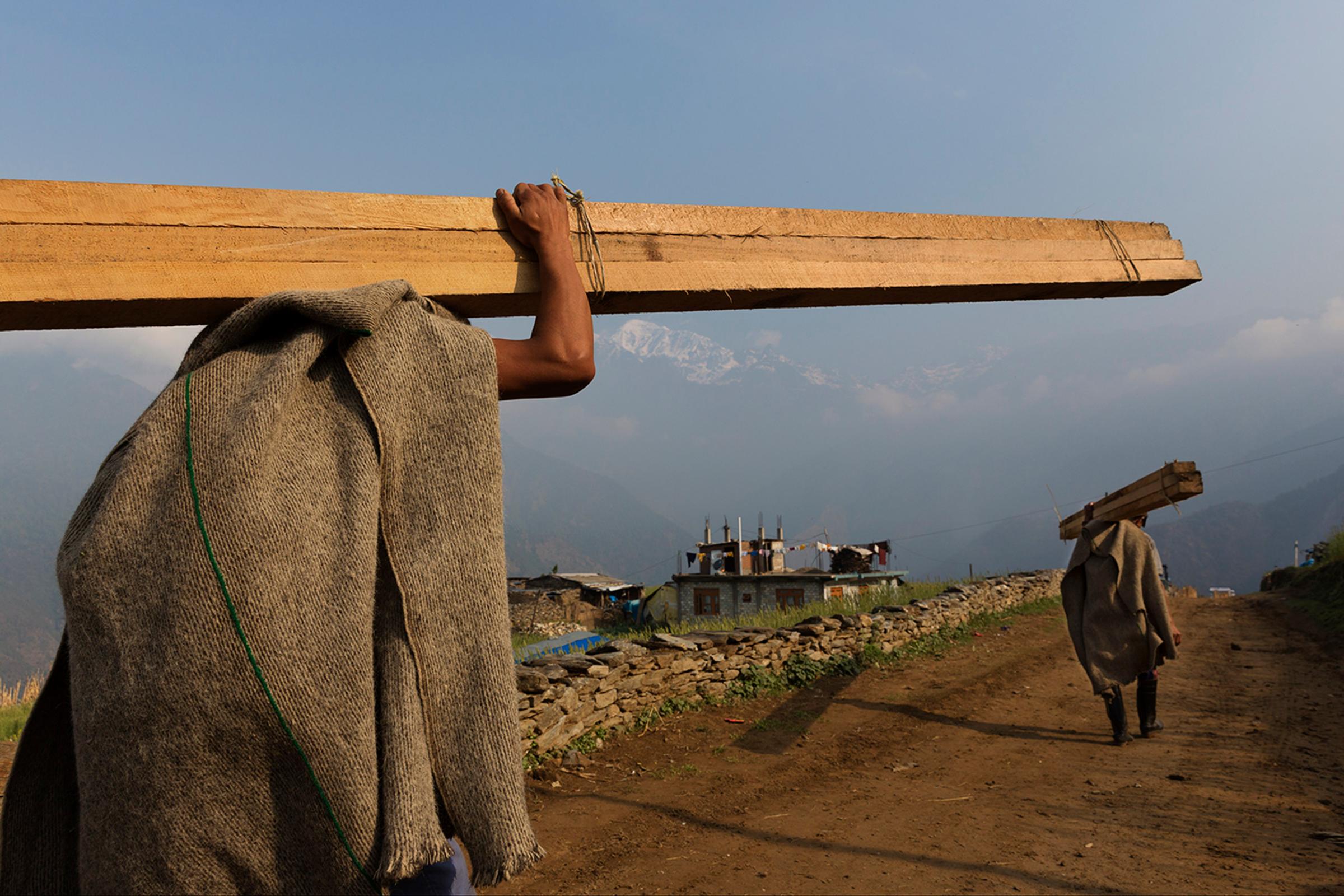
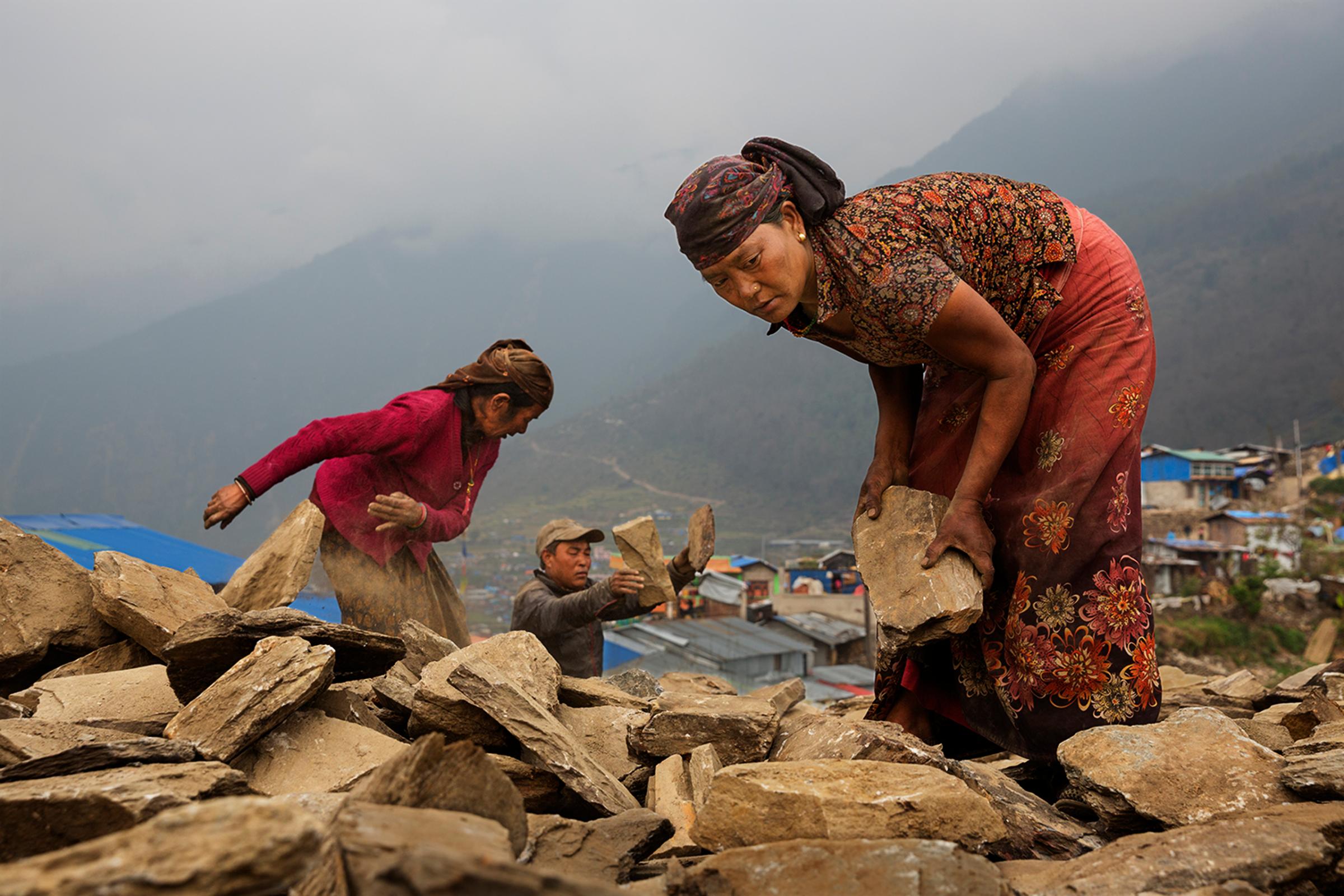

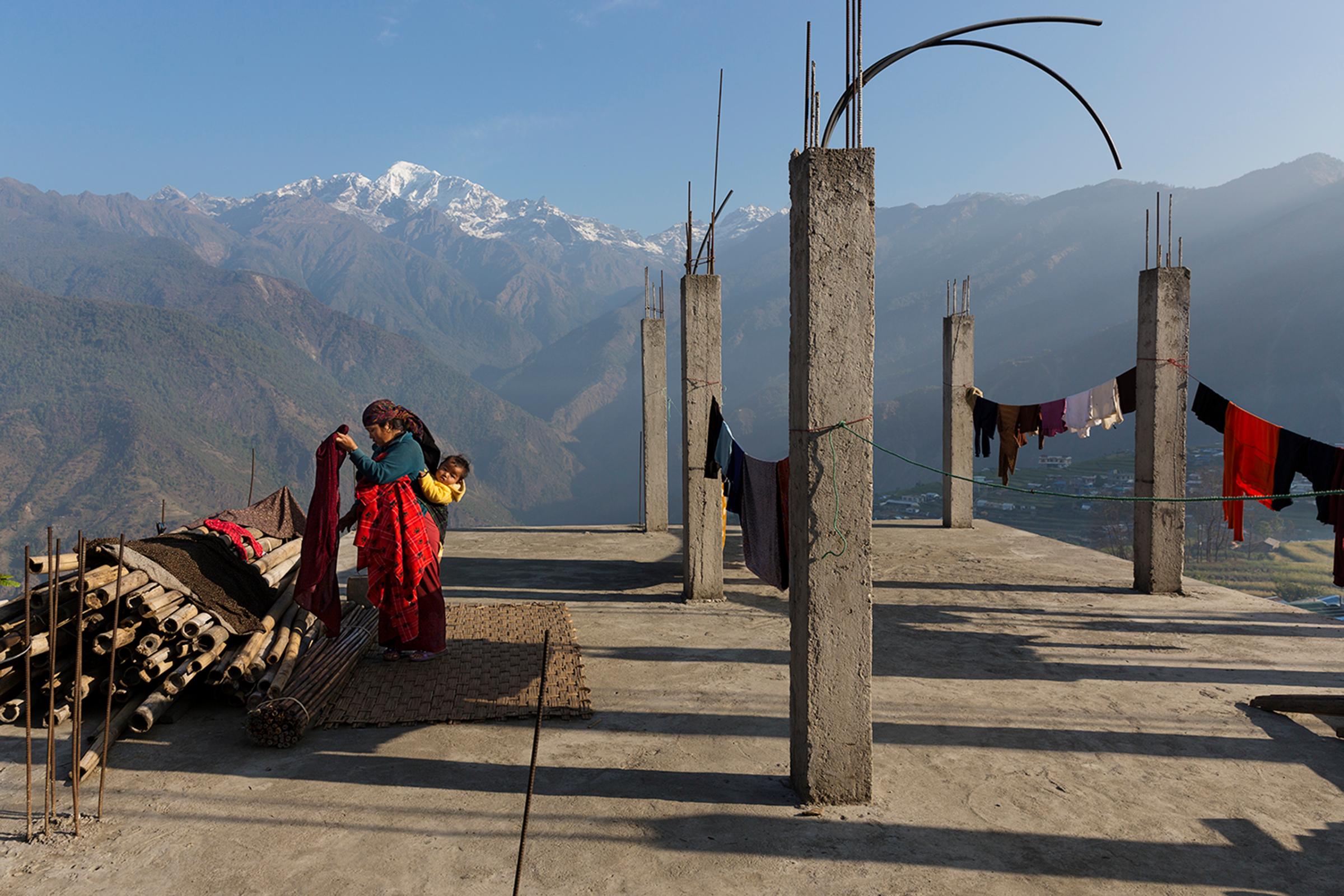
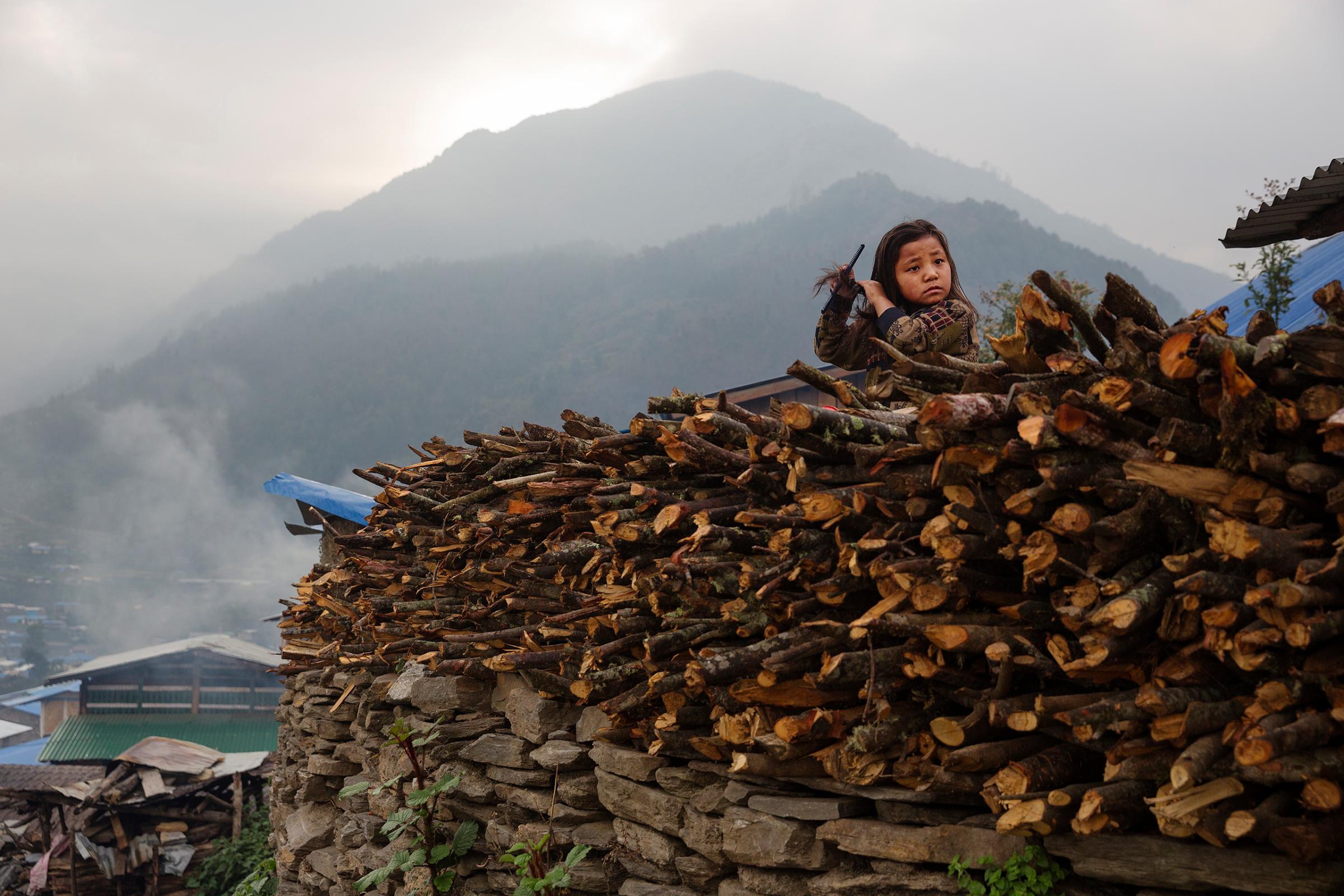
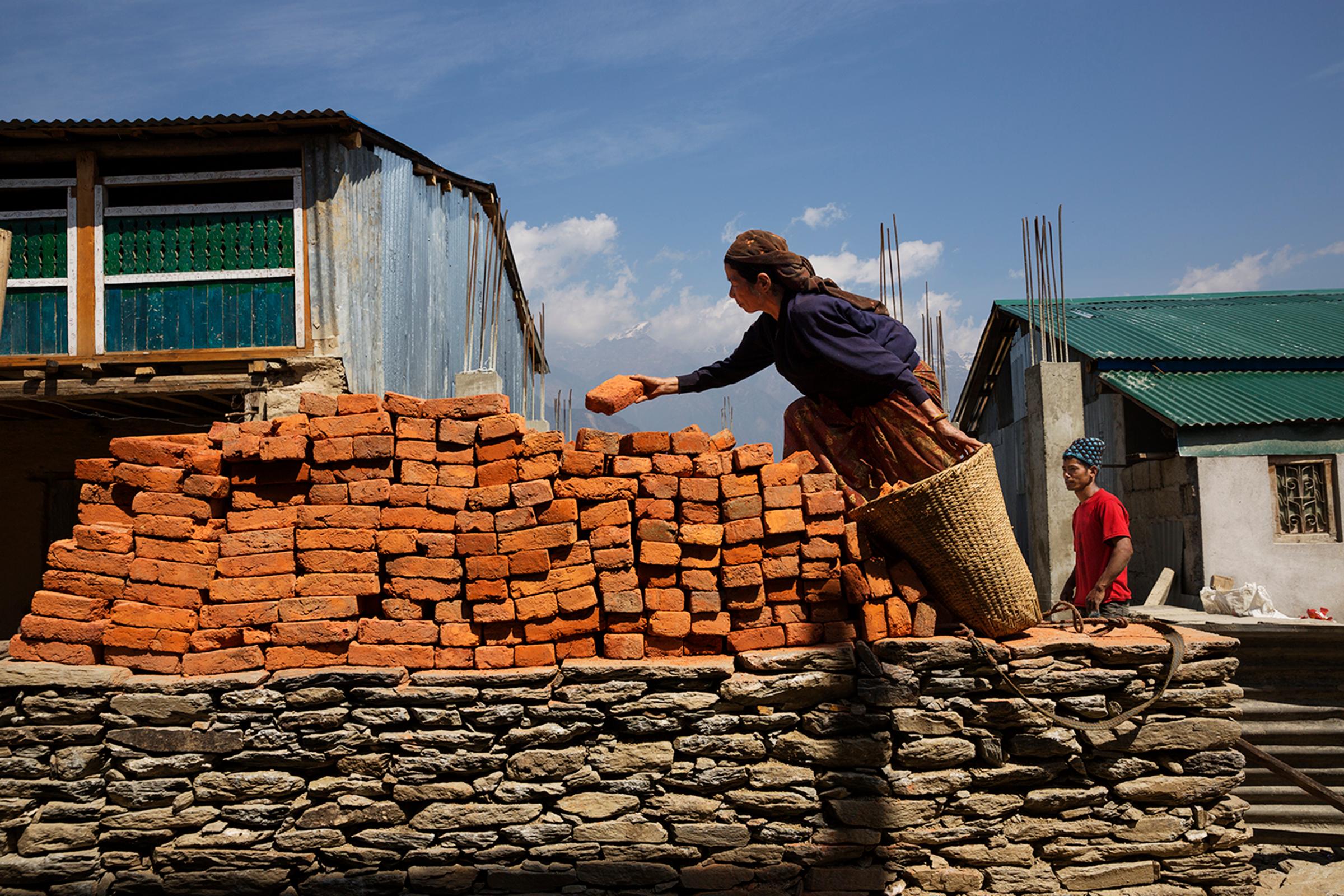

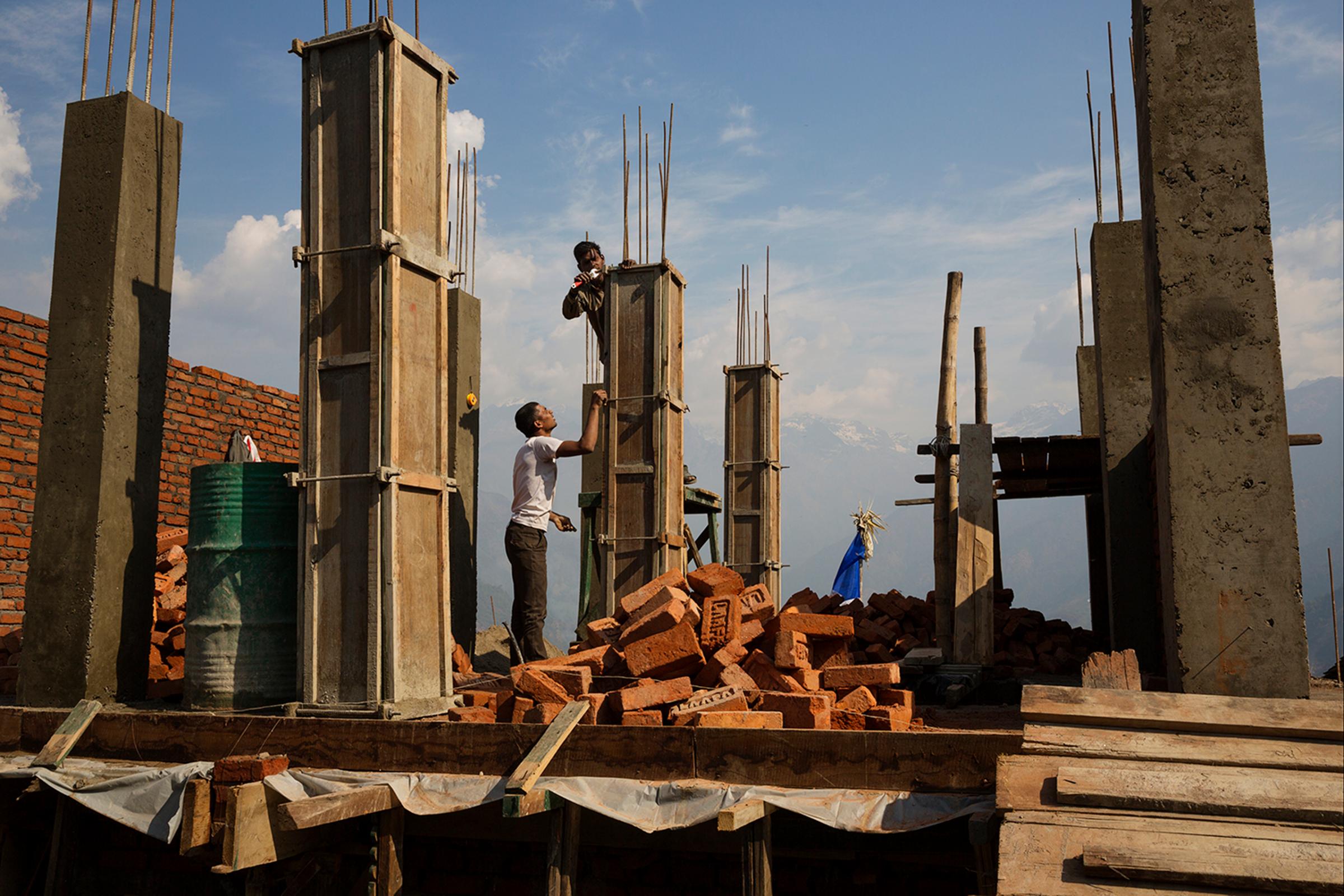
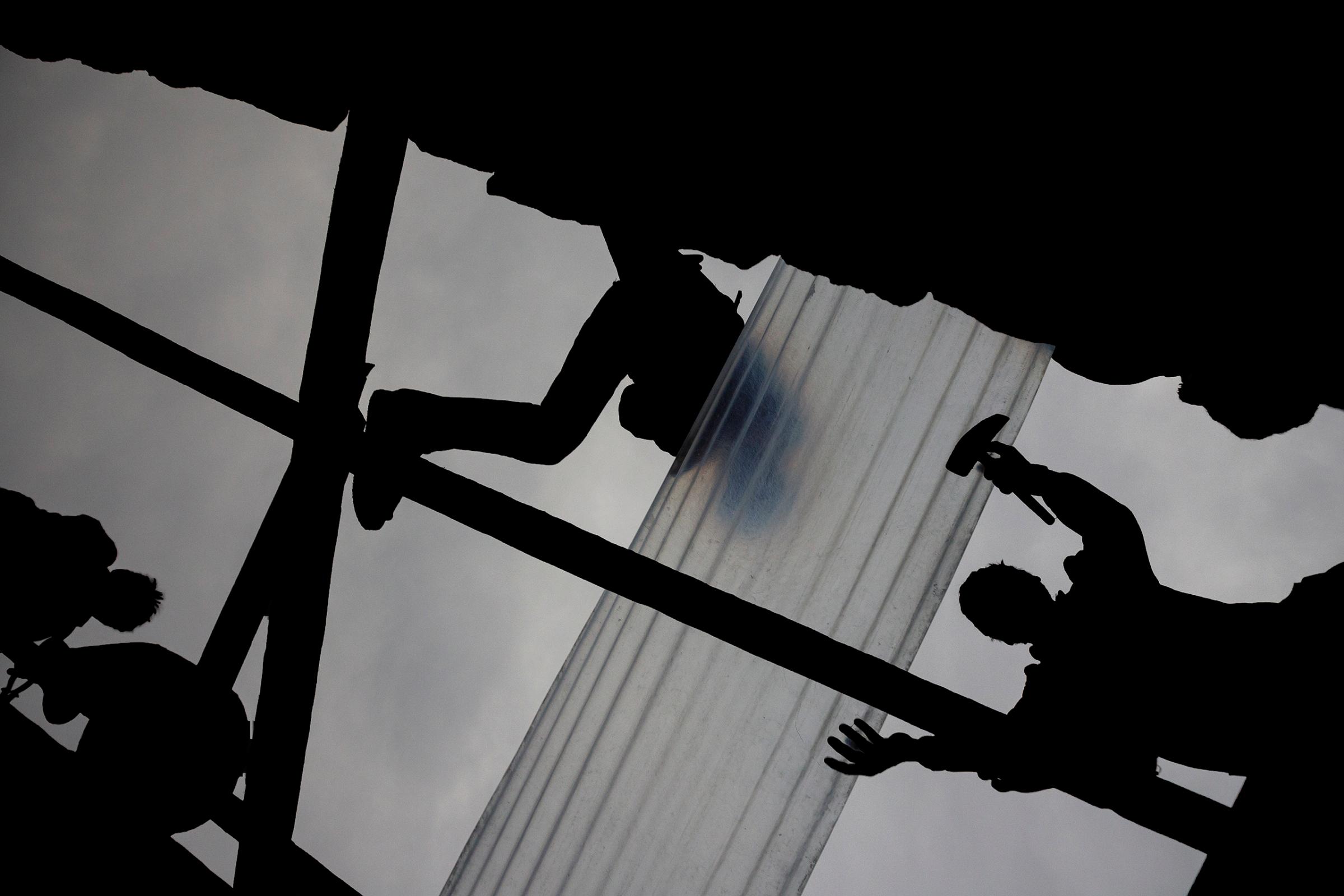
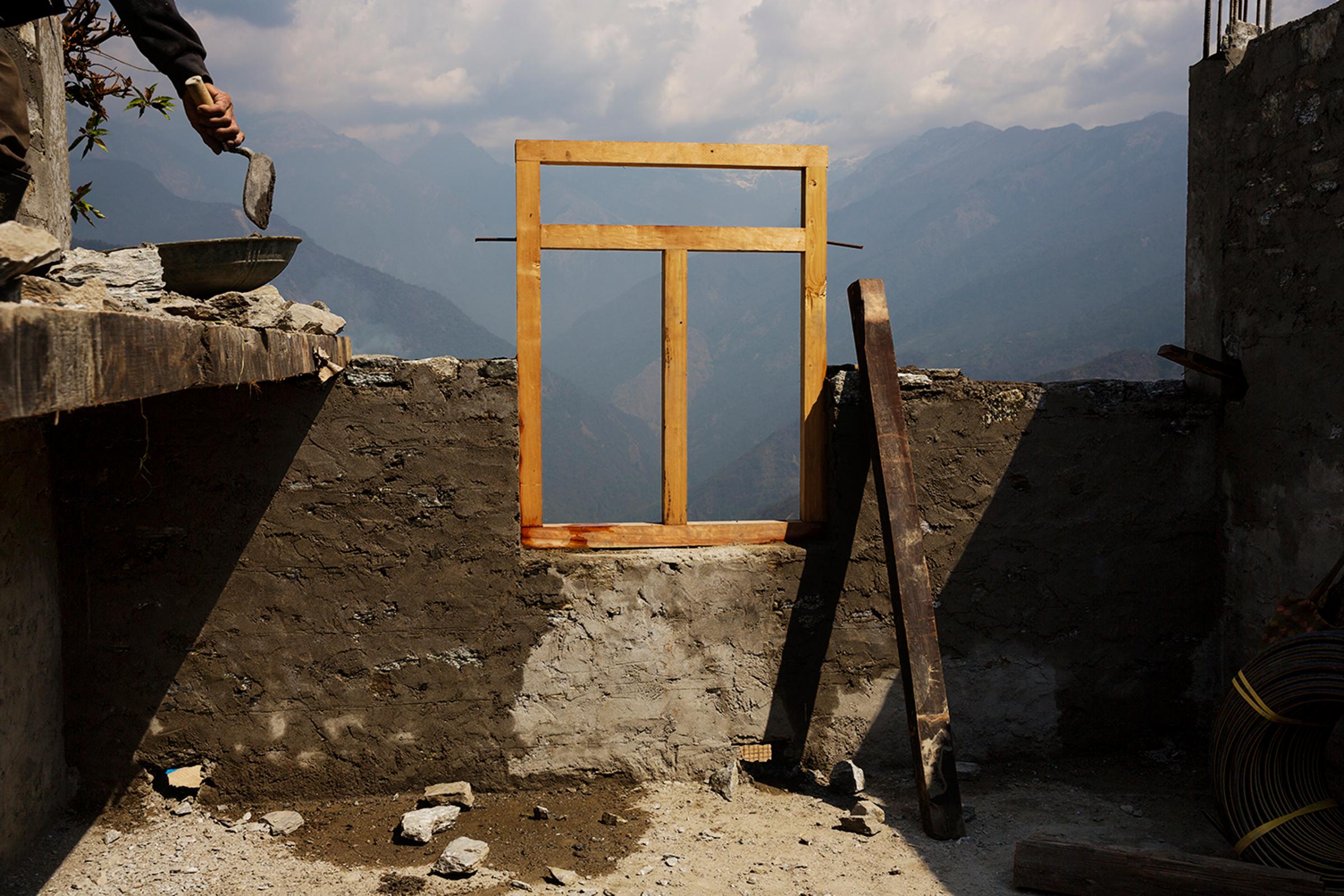

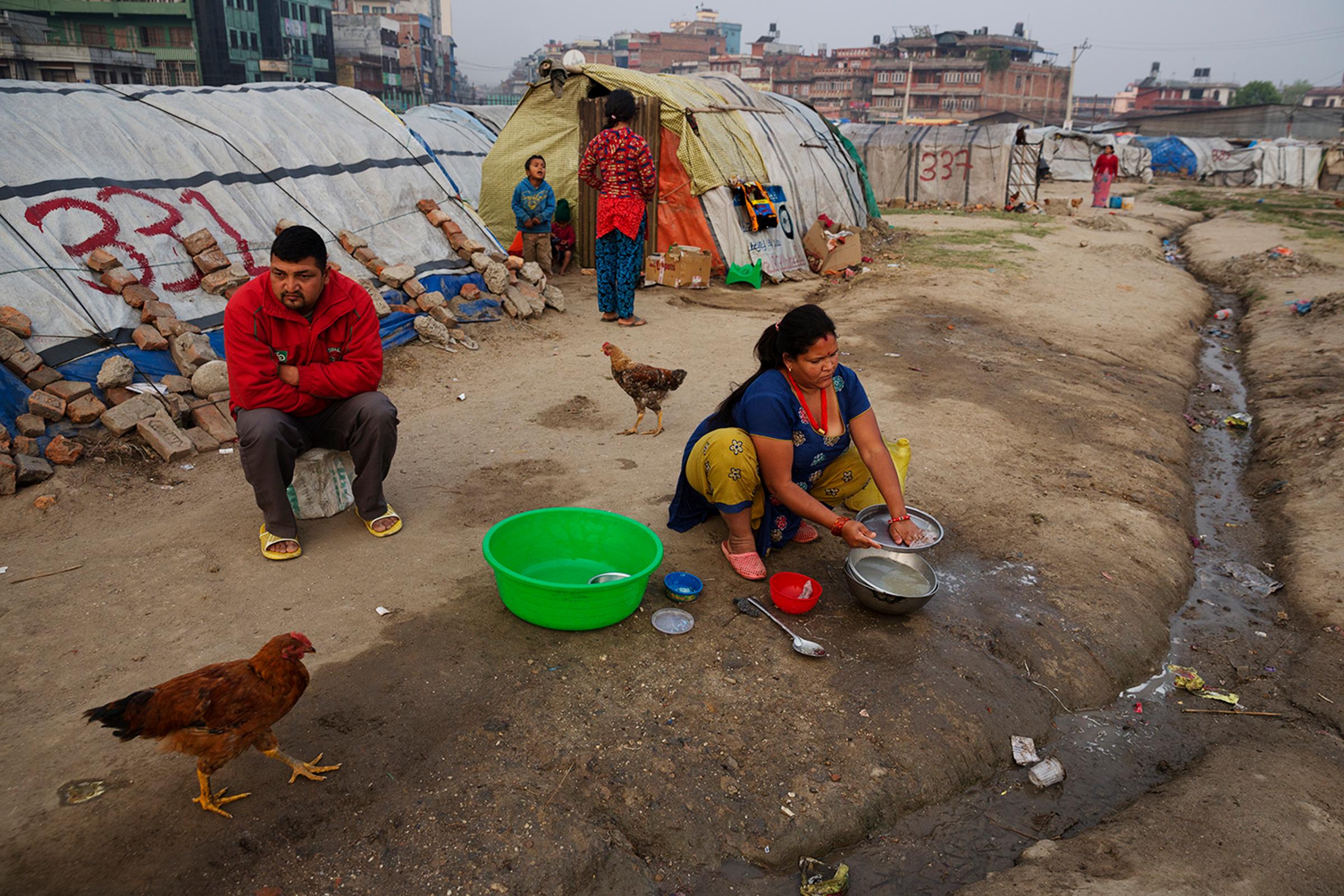

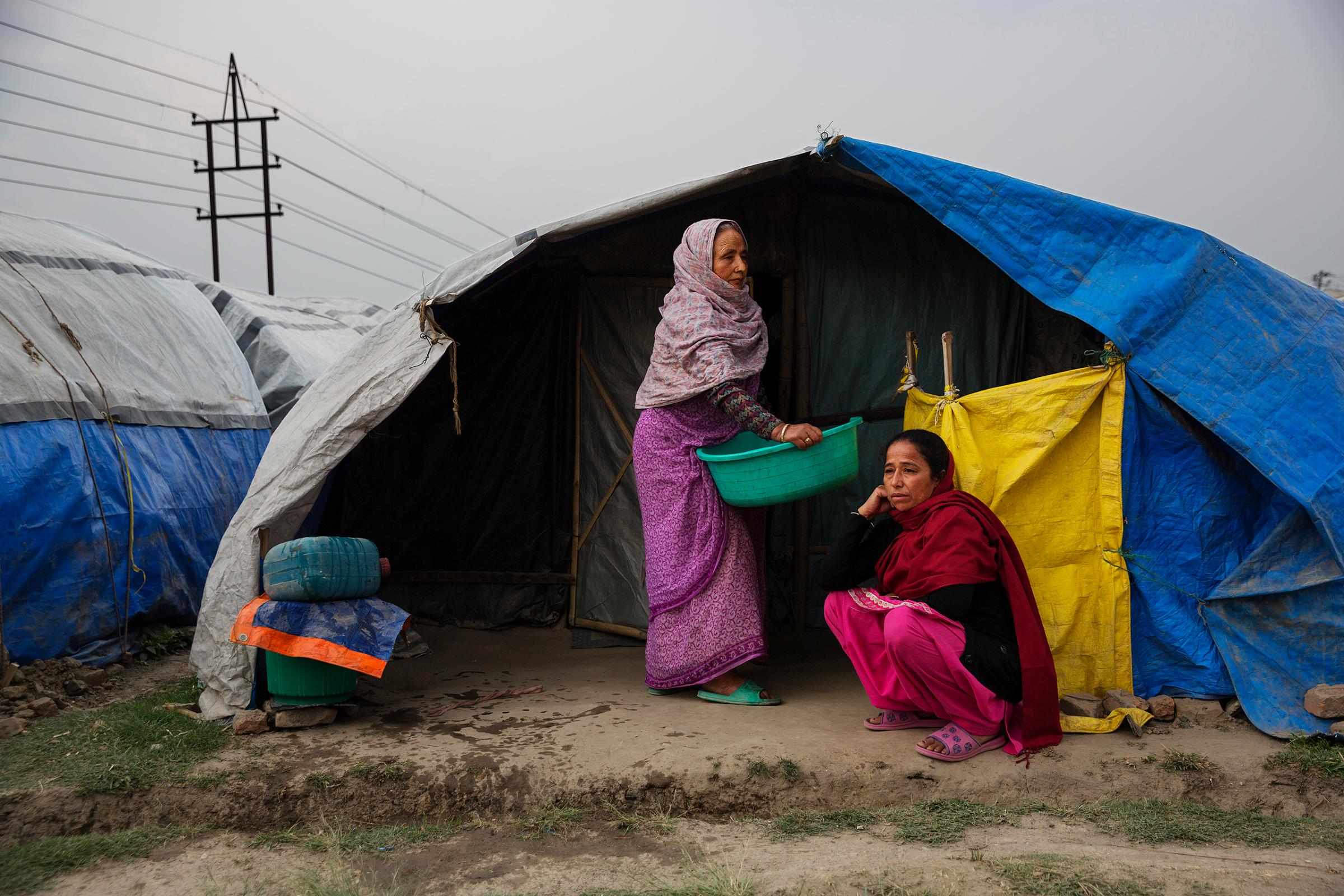
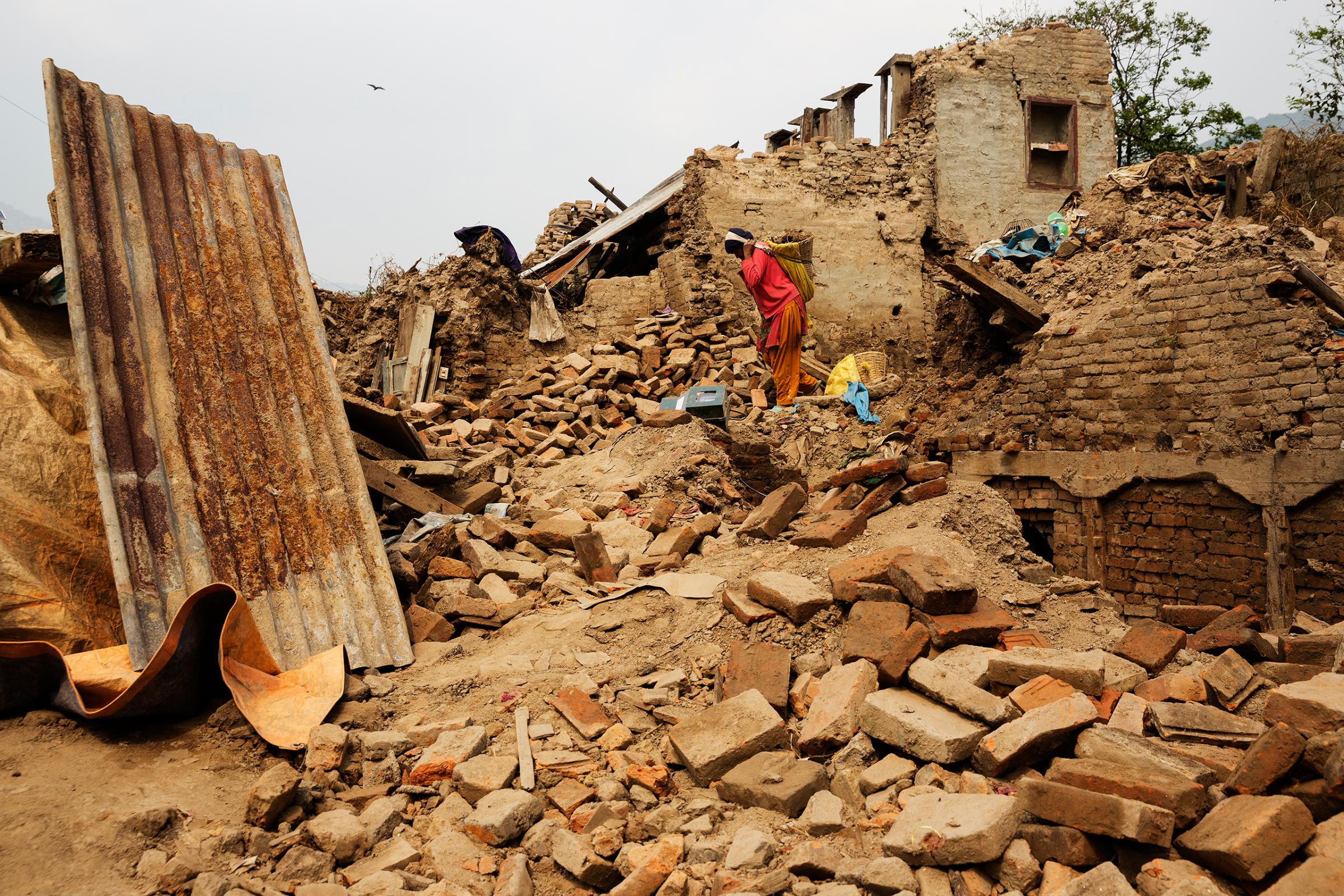
Read More: These 5 Facts Explain Why Europe Is Ground Zero for Terrorism
5. Chile (February 2010, April 2014, September 2015)
Fortunately, we can end on a positive note. Chile is not an economic powerhouse like Japan, and bad geographic luck places it atop multiple fault lines. Since 2010, it has been hit with three earthquakes that register above 8.0 on the Richter scale. The 2010 earthquake inflicted more than 500 deaths, most as a result of the government’s failure to issue timely warnings of an approaching tsunami. But Chile learned from that mistake. When the 2014 quake struck, the government was quick to evacuate coastal areas, keeping casualties at a minimum. When 2015’s 8.3 quake hit, only 11 people lost their lives. This is a testament to Chile’s disaster preparedness—following the 2010 quake, the country practiced multiple earthquake drills while clearly marking evacuation routes. Perhaps even more importantly, Chile has relatively low levels of corruption, which means it does a good job enforcing its strict building codes so that its structures can absorb most earthquakes with minimal damage.
More Must-Reads from TIME
- Why Trump’s Message Worked on Latino Men
- What Trump’s Win Could Mean for Housing
- The 100 Must-Read Books of 2024
- Sleep Doctors Share the 1 Tip That’s Changed Their Lives
- Column: Let’s Bring Back Romance
- What It’s Like to Have Long COVID As a Kid
- FX’s Say Nothing Is the Must-Watch Political Thriller of 2024
- Merle Bombardieri Is Helping People Make the Baby Decision
Contact us at letters@time.com